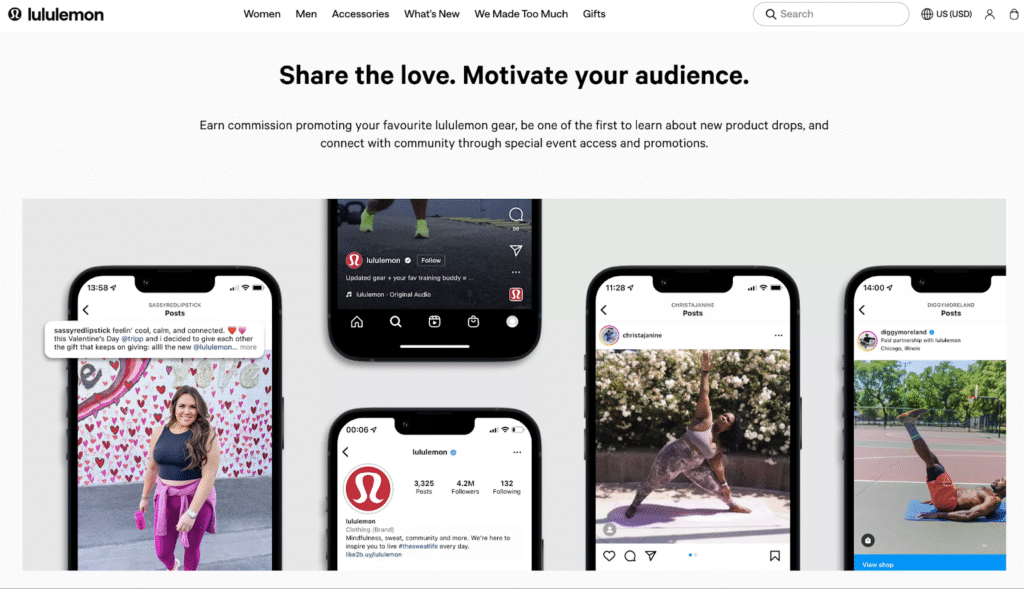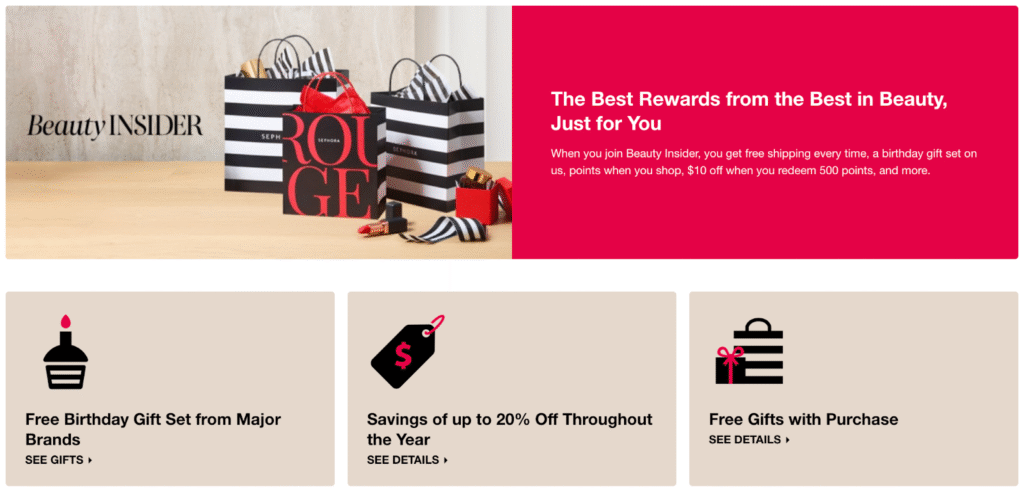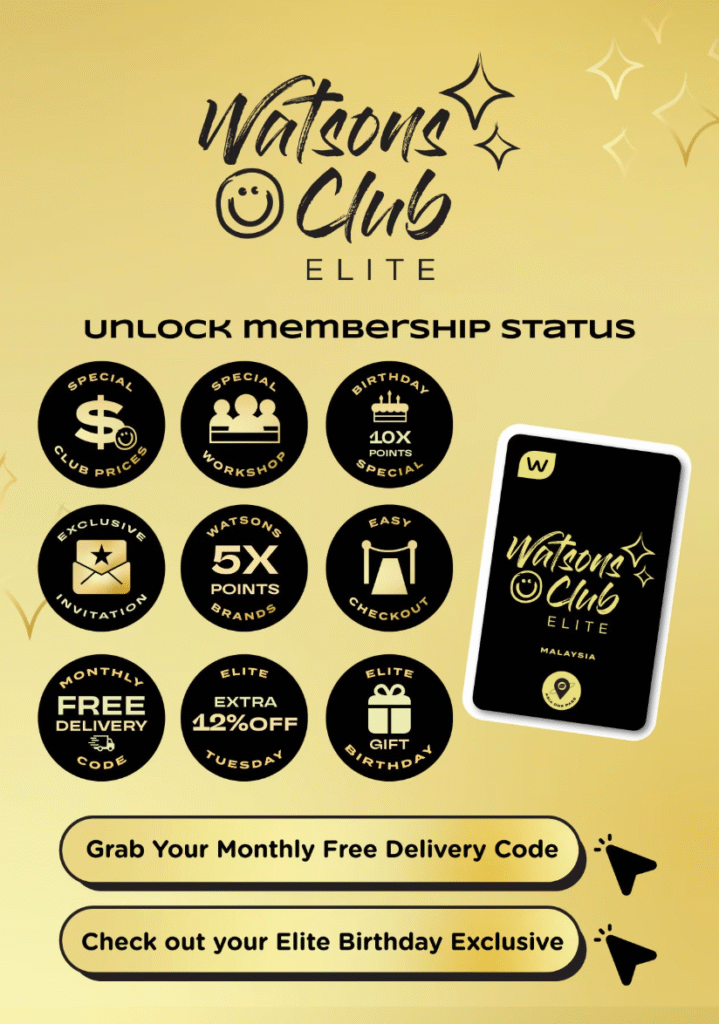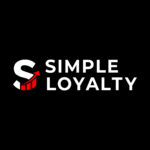Estimated Reading Time: 8 minutes

Here’s a paradox: the more technology promises to simplify customer retention for retailers, the harder loyalty becomes.
Retailers now have every tool at their fingertips — automation, CRM (Customer Relationship Management) systems, AI-driven personalization, and advanced retail loyalty programs — yet customers feel less connected than ever. Loyalty points pile up, but emotional bonds wear thin.
The problem here is that most loyalty programs are built to reward behavior, not belonging.
In 2025, the brands winning customer hearts aren’t just asking how to build customer loyalty in retail; they’re asking how to boost brand loyalty with online community building. Community-based loyalty programs foster a sense of purpose and identity, which translates into longer customer lifecycles and stronger advocacy.
With the right loyalty platform for retailers, you can move beyond basic rewards and build a loyalty ecosystem where customers feel seen and valued.
When customers feel they’re part of your story, they’ll keep turning its pages.
Let’s dive in.
From Transactional to Emotional Loyalty
There was a time when loyalty meant points, punch cards, and “Buy 10, Get one FREE”.
It worked… for a while.
Today, customers (especially Gen Z and millennials) crave more than rewards; they crave recognition. Transactional loyalty is when customers shop because it’s convenient. Emotional loyalty is when they shop because it feels right. It’s the invisible tether that makes someone choose your brand even when a competitor offers 10% off.
This is where community becomes your strongest currency. A community doesn’t just incentivize purchases; it nurtures identity. It creates a feedback loop: when customers feel heard and seen, they engage more, share more, and advocate more — amplifying your brand’s reach organically.
When customers see themselves reflected in your brand’s story, loyalty transforms into belonging. And unlike discounts, belonging doesn’t expire.
Why Community = Retention
A loyalty program gives customers a reason to return. A community gives them a relationship to return to.
Communities create emotional touchpoints that turn one-time buyers into brand insiders. Customers start sharing advice, celebrating milestones, and defending your brand online (all because they feel part of something bigger).
It’s the same reason Apple fans camp outside stores before a product launch, and why Nike loyalists wear the swoosh as a statement instead of a logo. They’re not buying products; they’re buying loyalty.
For retailers, this identity-driven loyalty is customer retention gold. Research shows that 71% of emotionally connected customers are willing to recommend a brand to others.
The math is simple.
Emotion multiplies engagement.
Community-Building Strategies
So, how exactly do you transform your loyalty program into a living, breathing ecosystem of connection?
Here are three proven strategies that bridge commerce with community, and make your loyalty members feel like insiders rather than regular customers.
Private Groups and Insider Access
Think of exclusivity not as gatekeeping, but value-keeping.
Private online groups (whether through WhatsApp, Telegram, or other loyalty apps) give your top customers a front-row seat to your brand’s world. Here, they get early product drops and sneak peeks at campaigns.
Watsons Malaysia is a stellar example. Their Watsons Elite members can enjoy private shopping events, pre-launch beauty access, and exclusive partner deals. It’s the status that makes them stay, not the discounts.
Exclusivity works because humans are wired for social hierarchies. Feeling part of an “inner circle” triggers pride and belonging — emotions that standard rewards can’t buy.
When customers feel like they’ve “earned” entry into a circle few can join, their loyalty deepens. They stop being passive consumers and start becoming active participants.
User-Generated Content and Brand Ambassadors
Community flourishes when the spotlight shifts from the brand to its people.
Encouraging customers to share their experiences (whether through reviews, photos, or social stories) builds authenticity no campaign can replicate. According to Nielsen, 92% of consumers trust recommendations from peers over brand ads.
That’s why retail communities powered by UGC (User-Generated Content) grow faster and retain longer.
Take Sephora’s Beauty Insider Community as an example. It’s an entire platform where members exchange tips, post makeup looks, and celebrate one another. Sephora doesn’t just sell lipstick — it sells belonging. Every post reinforces brand identity without the brand saying a word.
You can replicate this dynamic on a smaller scale. Encourage loyal customers to tag your store in unboxing videos, showcase “Member of the Month” highlights, or create ambassador programs where passionate customers earn perks for sharing your story.
When loyalty becomes visible, it becomes contagious.
Co-Creation and Product Feedback
There’s no stronger bond than one built through collaboration.
Letting your customers shape your brand’s future turns passive loyalty into active ownership. Invite top members to test products, give feedback, or vote on upcoming designs. The message is clear: your voice matters here.
In Malaysia, brands like MR.DIY have leveraged community input through surveys and customer panels that inform store layouts and product categories. Globally, Lululemon’s ambassador network does have something similar. Empowering instructors and enthusiasts to provide input that directly shapes new product lines.

This kind of co-creation transforms your loyalty program from a rewards engine into a relationship platform.
It’s “earn trust, shape the brand”.
And trust, once earned, is the rarest loyalty currency of all.
Case Studies of Loyalty-Led Communities
Numbers tell you what works. Stories reveal why.
Let’s explore two examples that prove loyalty programs can evolve into genuine communities:
Sephora’s Beauty Insider
Sephora’s loyalty program is famous for its people. With over 25 million members globally, Sephora turned traditional points into participation.

The Beauty Insider community operates like a social network within a retail ecosystem — customers connect, share routines, and review products in real time. Sephora staff, called “Community Managers”, actively engaged to keep conversations organic and valuable.
Loyalty members shop 2.5% more frequently than non-members. But more importantly, they act as brand advocates. They generate endless streams of authentic, unpaid marketing content.
In essence, Sephora didn’t build a loyalty program. They built a beauty movement.
Watsons Malaysia
Watsons Malaysia demonstrates how a retail brand can blend local culture with global best practices.

Their Watsons Elite membership goes beyond vouchers and cashback. It’s a tiered ecosystem that rewards engagement through exclusive access, birthday privileges, and members-only events. But what truly sets it apart is how Watsons integrates lifestyle partnerships (from fitness brands to travel discounts) turning loyalty into a lifestyle.
By aligning rewards with community experiences, Watsons has built not just a customer base, but a tribe. Members don’t just redeem points; they identify as part of the Watsons’ world.
And that’s where the real magic happens. When a customer stops saying “I shop at Watsons” and starts saying “I’m a Watsons member”.
The Long-Term Impact of Brand Communities
Building a community takes patience, but its impact compounds over time.
A well-nurtured loyalty community:
- Reduces acquisition costs
- Amplifies word-of-mouth marketing
- Strengthens brand resilience.
During economic dips or competitor disruptions, it’s your community that keeps customers close.
Communities humanize your brand in ways automation never can. They remind customers that behind every reward, there’s a relationship; behind every transaction, a touchpoint of trust.
In a retail world defined by fleeting attention, community is your competitive moat.
Turning Fans into Advocates
The ultimate goal of community-driven loyalty is advocacy.
When customers feel emotionally connected, they defend your brand in comment sections, champion you on social media, and bring friends into the fold. That’s the kind of marketing you can’t buy, and the kind that competitors can’t copy.
The beauty of it all? Once loyalty becomes communal, it sustains itself. Members recruit members. Conversations fuel conversions. And advocacy becomes the heartbeat of your brand.
That’s the point where you stop “managing” loyalty and start leading it.
Measuring the Success of Community-Driven Loyalty
Building a community is one thing; proving its impact is another. Retailers that treat loyalty programs as community platforms need metrics that go beyond points redeemed and transactions completed.
Key indicators of a thriving community-based loyalty program include:
- Engagement rate: Track how often members participate in forums or attend events. High engagement signals emotional investment.
- Advocacy and referrals: Monitior how often members refer friends or share brand content.
- Retention and repeat purchase frequency: Emotionally connected members return more often, spend more per transaction, and stay longer with your brand.
- Sentiment and feedback: Use surveys, reviews, and social listening to gauge emotional connection. Positive sentiment often predicts higher lifetime value.
- Co-creation participation: Track participation in product feedback sessions and ambassador programs. The more members contribut, the stronger the send of ownership.
Brands that track these metrics understand the story behind the loyalty. They can quantify how belonging translates into dollars and retention.
The lesson: If you can measure it, you can grow it. Community-driven loyalty is a revenue engine and retention amplifier in one.
Conclusion
The future of retail loyalty is a network of people.
As more brands realize that community is the true differentiator, loyalty programs will evolve from transactional systems into emotional ecosystems. Whether you’re a boutique retailer or a nationwide chain, the path is clear: stop rewarding only what customers buy, and start recognizing what they believe.
With the right loyalty program (one that makes connection measurable and belonging scalable), you can turn casual customers into lifelong advocates.
That’s exactly what tools like SimpleLoyalty were built for: helping brands transform loyalty programs into communities that truly resonate.
In 2025 and beyond, loyalty is something you build together.

